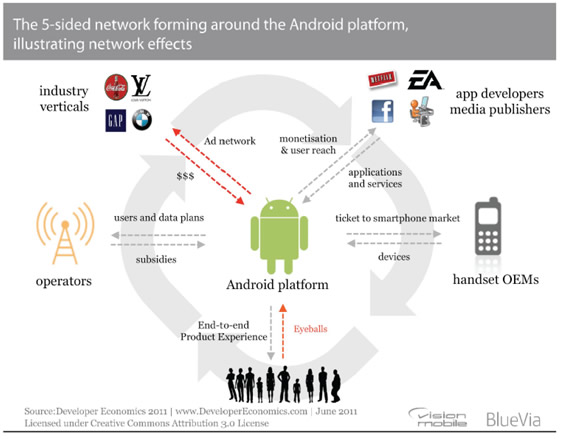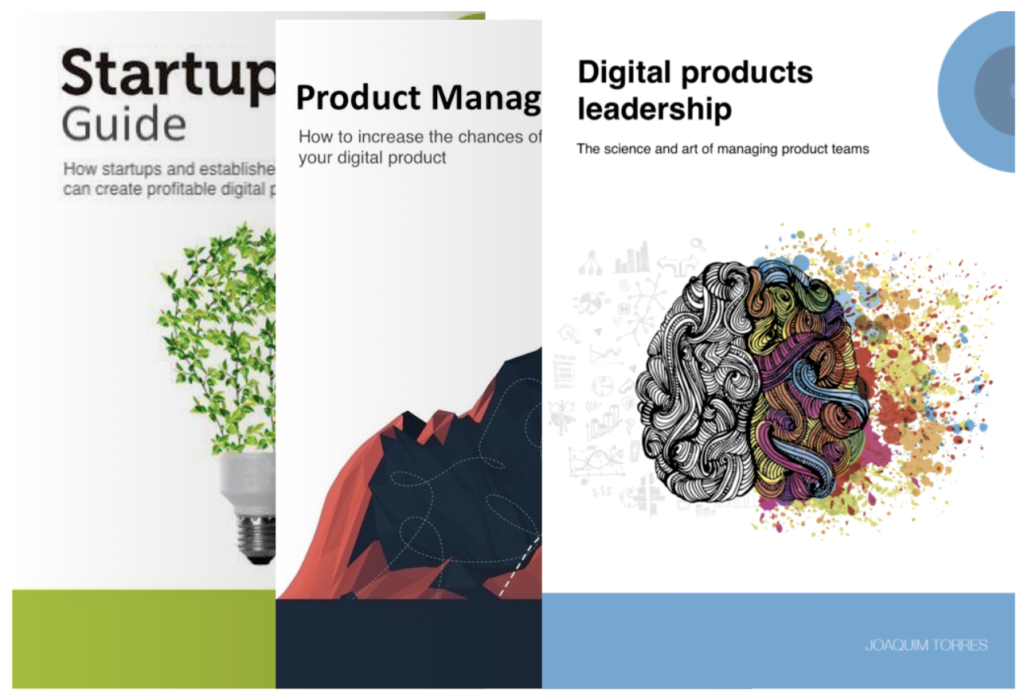OKRs, the future of product roadmaps (or how and why we replaced product roadmaps with OKRs)
2 de May, 2016The fallacy of the internal customer
25 de May, 2016More and more we see software products that can be categorized as platforms. There are many examples from big tech companies such as:
- Google, which with two products (Search and AdWords) created a platform connecting people who search information on internet to people who want to advertise things on internet.
- Facebook, that started as a platform in which friends found each other and exchanged information, and then became a platform in which advertisers can talk to people through ads and fan pages.
- LinkedIn, a platform for professionals, companies and, most recently, advertisers.
- Apple, that connect software developers with iPhone, iPad and Macs with their AppStore. Another Apple platform is iTunes, connecting media producers with people interested in music, films, series, and books.
- Amazon Kindle, a platform that allows publishing houses or authors to publish books for people interested in these contents.
By the way, some of those companies have more than one single platform such as Google, Apple and Amazon.
Besides those big technology companies, there are also the most recent examples:
- Uber, connecting drivers to people who need transportation.
- Airbnb, that connects owners of properties for short-period rental to people who want to rent properties in such conditions.
- Bitcoin, a digital asset and payment system. The more user it has and more companies take Bitcoin as payment, the better.
There are also examples of platforms that are not necessarily based in technology, like shopping malls, which places stores, restaurants and movie theatres next to people who want to buy, eat and have fun.
What are platforms?
Platforms are systems that get more valuable as more people use them.
In other words, they are systems strongly based in the concept of network effect. Network effect is the effect by which a given software is more valuable when more users use the software.

There are two types of platforms:
- Single-side platforms: are those that, the more users they get, the better. Using an old example, the FAX machine. It was not worth having one if only one person would use it; the more people using it, the better. The same is valid for social networks (Facebook, Twitter, etc.).
- Cross-side or multi-side platforms: those where it is necessary for two or more different groups of people that use the platform in distinct ways and that benefit from the different ways that each group uses it. This type can be divided into three categories. Technological platform, in which the platform is the operating system and, on one side we have the user and, on the other, we have operational system developers (Linux, Windows, and Android). Exchange platform, gathers buyers and sellers (eBay, Uber, and Airbnb). Content platform, the content is the focus and monetization usually takes place through ads (Google, Facebook, and news portals).
The following is an example of a technological platform with 5 sides:

It is important not to confuse the concept of platform in the product context with the concept of technical or computer platforms. A computer platform is any computer environment where software applications are going to run at. In the product context, as we defined previously, we name it as a product platform when there are gain to users the more users are using the product.
In my next post, I’ll talk about software product management.
Product leadership advisor
I’ve been helping several product leaders (CPOs, heads of product, CTOs, CEOs, tech founders, and heads of digital transformation) extract more value and results from their digital products. Check here how I can help you and your company.
Newsletter
I write regularly about product management, product development, digital product leadership, and digital transformation. You can receive a notification whenever I publish a new article, without depending on any social network algorithms to notify you! Just subscribe to my newsletter:
[newsletter]
Digital Product Management Books
Do you work with digital products? Do you want to know more about how to manage a digital product to increase its chances of success, solve its user’s problems and achieve the company objectives? Check out my Digital Product Management bundle with my 3 books where I share what I learned during my 30+ years of experience in creating and managing digital products:
- Startup Guide: How startups and established companies can create profitable digital products
- Product Management: How to increase the chances of success of your digital product
- Leading Product Development: The art and science of managing product teams
You can also acquire the books individually, by clicking on their titles above.

